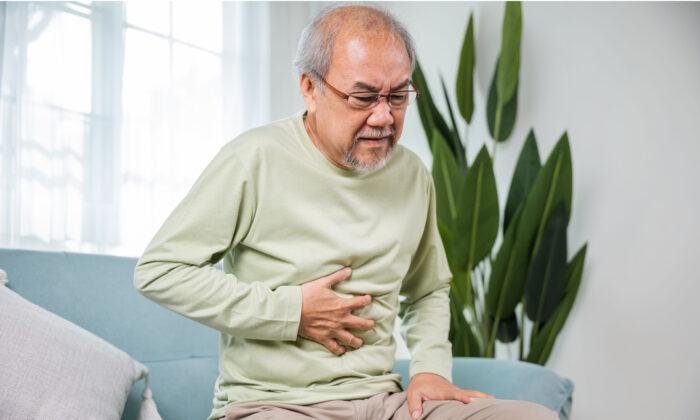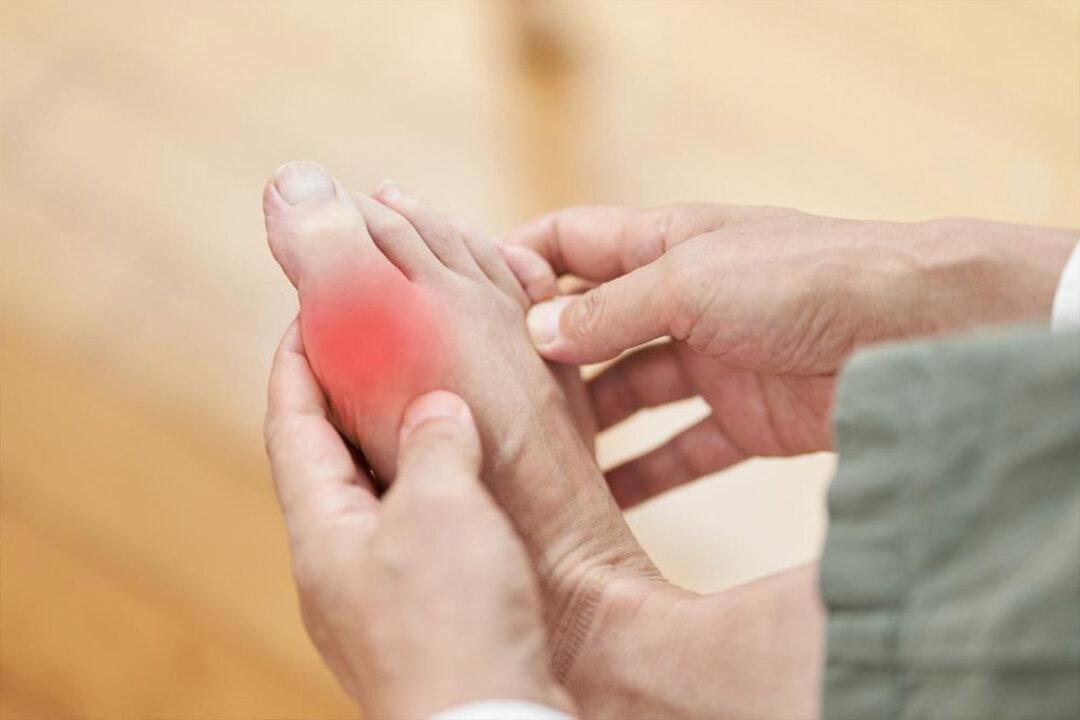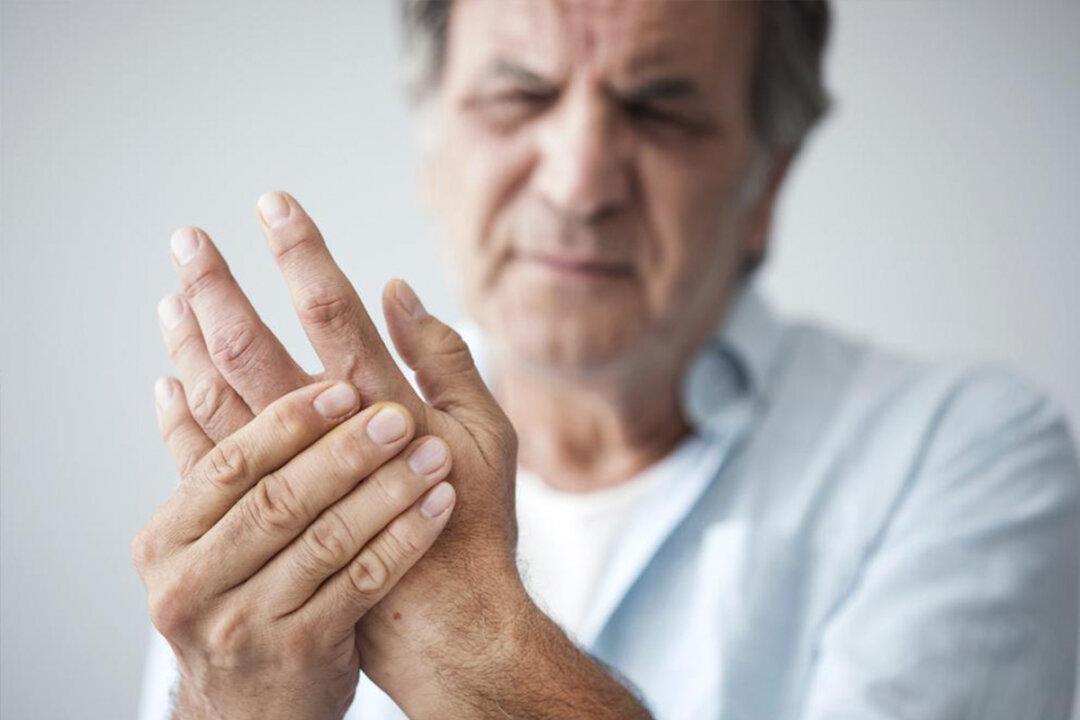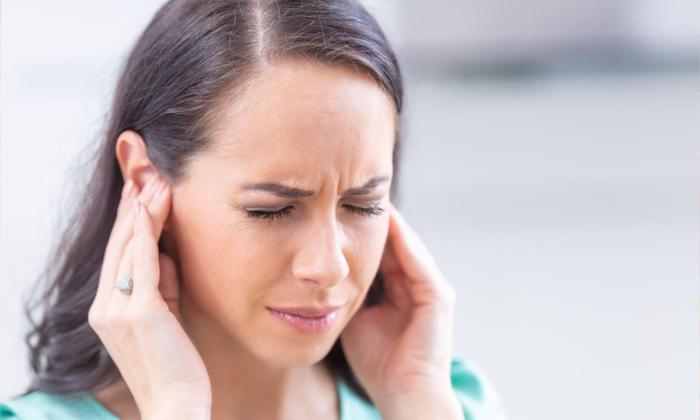Diabetes is a serious disease that can cause many health problems, including cardiovascular disease, kidney failure, blindness, and lower limb amputation. Therefore, maintaining a healthy lifestyle, regular checkups, and early diagnosis of diabetes are all very important.
- Diet therapy: TCM emphasizes the importance of diet therapy for preventing and treating diabetes. It is recommended to consume a diet that is low in fat, low in sugar, and high in protein, and to avoid oily and sugary foods such as sweet drinks and desserts. In addition, TCM believes that the taste of food also has an impact on the body and recommends eating more bitter and sour foods, such as bitter gourd and lemon, to help regulate the body’s internal balance.
- Moderate exercise: TCM also considers exercise to be important for preventing and treating diabetes. It is recommended for diabetes patients to engage in moderate-intensity exercise, such as walking and jogging, but not to overexert themselves. In addition, TCM promotes exercises such as yoga and tai chi, which help adjust the body’s internal energy and blood circulation and achieve the goal of treating diabetes.
- TCM treatment: Diabetes is a chronic metabolic disease, and TCM believes that it is related to various factors such as weakness of the spleen and stomach, deficiency of liver and kidney yin, insufficient qi (vital energy) and blood, and stasis of blood.
The basic principle of TCM in treating diabetes is to regulate the constitutions, promote the digestive function of the spleen and stomach, regulate the circulation of qi and blood, and achieve the goal of balancing yin and yang and regulating blood sugar.
The following are some commonly used TCM prescriptions and medicinal materials for treating diabetes:- Si Jun Zi Tang: This prescription consists of four medicinal materials including ginseng, white atractylodes, poria, and licorice. It can regulate the function of the spleen and stomach, enhance the constitutions, and have a certain effect on the treatment of weak spleen and stomach and diabetes.
- Wu Wei Zi Yin: This prescription consists of various medicinal materials including Schisandra, dendrobium, Polygonatum, Chinese yam, cinnamon twig, poria, and white atractylodes. It can regulate the circulation of qi and blood, enhance the body’s immune function, and have a certain effect on the treatment of diabetes.
- Huang Qi Decoction: This prescription consists of various medicinal materials including astragalus, white atractylodes, poria, Chinese yam, angelica, white peony root, goji berries, mulberry leaves, and hawthorn. It can regulate insulin secretion, lower blood sugar levels, and enhance the body’s immune function.
- Ku Gua Tang Niao Wan: This prescription consists of various medicinal materials including bitter gourd, winter melon seeds, winter melon peel, bird’s nest, and goji berries. It can promote insulin secretion, enhance kidney function, and lower blood sugar levels.
- Zhi Bai Di Huang Wan: This prescription consists of various medicinal materials including anemarrhena, Phellodendron, skullcap, rehmannia, and goji berries. It can regulate kidney function, clear heat and detoxify, lower blood sugar levels, and enhance the constitution.
Acupressure
Acupressure is a method of treating diabetes in TCM. It can stimulate the body’s acupoints, regulate the circulation of qi and blood, enhance the function of the spleen and stomach, and lower blood sugar levels, thereby improving the symptoms of diabetes. The following are some commonly used acupressure methods:- Zhong Wan acupoint: Located on the midline of the stomach, four horizontal fingers above the navel. Massaging this acupoint with fingers for 1–2 minutes can promote gastrointestinal peristalsis, improve digestion and absorption, and lower blood sugar levels.

- Qi Hai acupoint: Located three horizontal fingers below the navel. Massaging this acupoint with fingers for 1–2 minutes can regulate the function of the spleen and stomach, enhance the constitution, and lower blood sugar levels.

- Zu San Li acupoint: Located on the outer side of the lower leg, in the depression outside the knee. Massaging this acupoint with fingers for 1–2 minutes can regulate the function of the spleen and stomach, promote blood circulation, and lower blood sugar levels.

- Tai Chong acupoint: Located in the center of the foot, in the depression between the first and second toe bones. Massaging this acupoint with fingers for 1–2 minutes can regulate kidney function, promote blood circulation, and lower blood sugar levels.

Diabetes is a chronic disease that requires long-term adherence to TCM practices. One should avoid seeking quick results and instead adjust various aspects of their lifestyle, dietary habits, exercise routines, and other factors to gradually improve their physical condition.
*Some of the herbs mentioned in this article may be unfamiliar, but they are generally available in Asian supermarkets.





